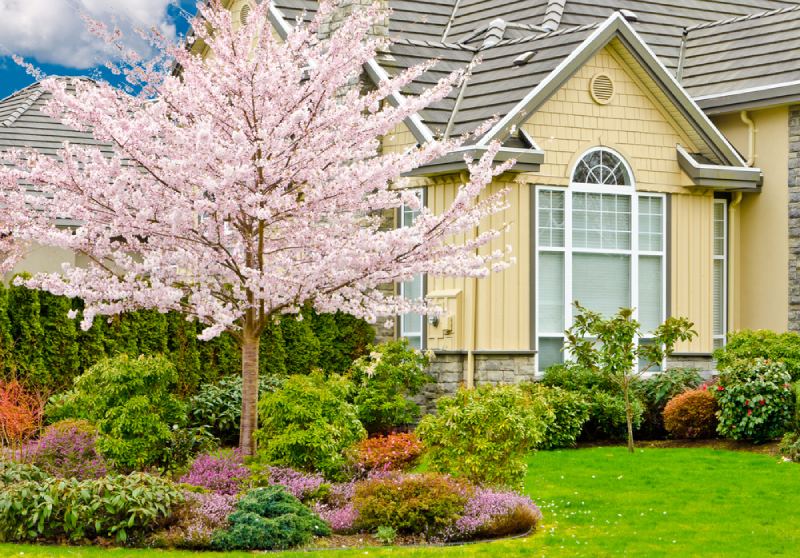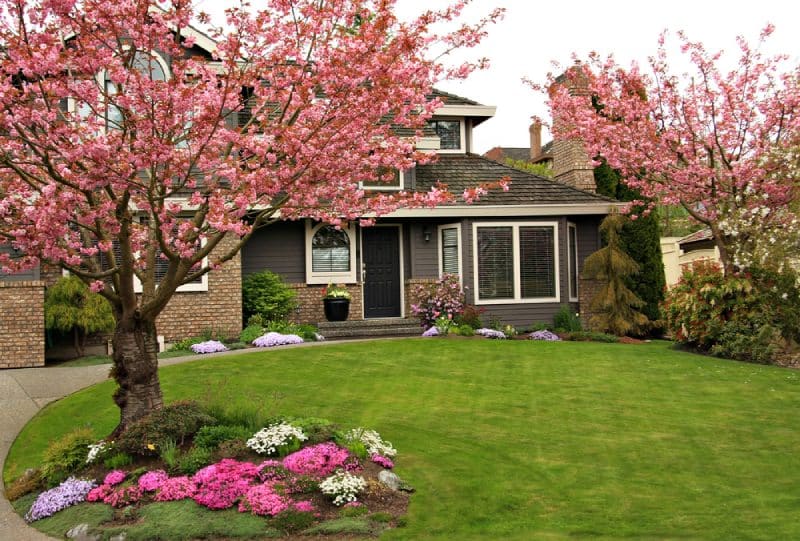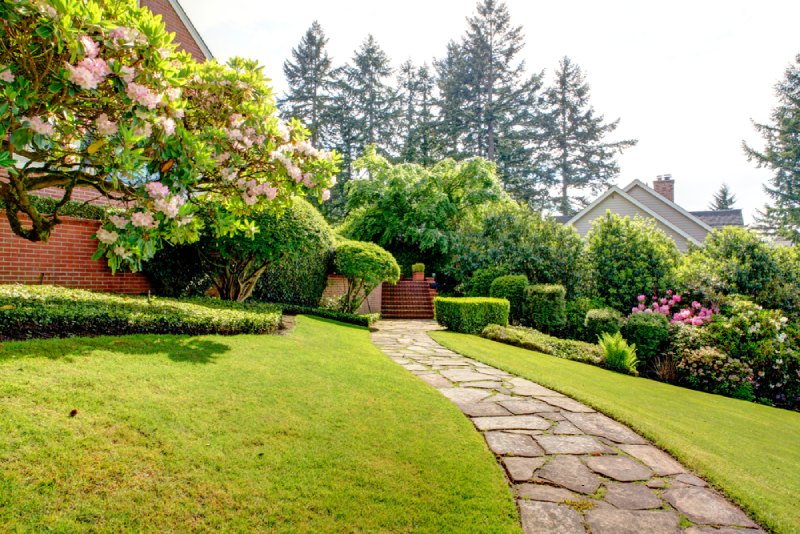
Flowering trees are always an excellent way of bringing life to your garden and making it look more vibrant, even if you have limited space. However, finding the best flowering trees for your Minnesota home can be quite a hassle. What is the perfect time to plant? When will your trees bloom? How do you plant your trees? Finding the right answers to these questions can help make your work much easier.
Incorporating flowering trees into your Minnesota landscape design is a surefire way of improving your home’s curb appeal and property value. However, the tricky part is choosing the right flowering plant species that can survive the cold Minnesota climate.
Choosing the Best Flowering Trees for Your Minnesota Landscape
You may think you have limited options as far as landscaping is concerned if you live in a cold state like Minnesota. This couldn’t be further from the truth. You’ll find amazing flowering tree options that are just perfect for your landscape.
Here are a few considerations when choosing the perfect flowering tree for your Minnesota landscape:
- Soil type
- Sun exposure
- Drainage
- Wind exposure
- Undergrowth
- Groupings
Flowering trees can make the perfect addition to any landscape design. But even the best flowering trees won’t be useful if they can’t withstand the cold Minnesota weather. You must consider the conditions necessary for your chosen flowering plant species to survive and flourish.
Best Flowering Trees for Your Minnesota Landscape
1. Flowering Crabapple
The Crabapple tree is an excellent addition to any landscape design. Its white buds transform into soft, fragrant flowers of white, pink, or red shades. The Crabapple tree’s leaves also turn into a shade of red in the fall before falling off to reveal its lush crabapple fruits.
Many Crabapple tree varieties come in different shapes like weeping, spreading, and rounded shapes that you can prune and cut to your preferred shape. Crabapple fruits also attract different animal species that appeal to animal lovers.
We recommend planting the Crabapple tree in well-drained soil and full sun, with room to grow outward to enjoy more shade from its canopy. But if you have limited space, you can plant ‘Tina,’ one of the Crabapple’s numerous varieties that grows between 6-8 feet tall.
Some Crabapple varieties are prone to disease problems. Therefore, ensure your preferred variety has good disease resistance to enjoy its full flowering potential.
2. Japanese Tree Lilac
Another excellent flowering tree option in Minnesota is the Japanese Tree Lilac. This exotic flowering tree species is an excellent choice to fill your landscape with clusters of aromatic white flowers that burst open in early summer. Its sweet fragrance will fill your landscape for 2 to 3 weeks as its multiple stems and dense growth bring your landscape to life.
Although the Japanese Tree Lilac only blooms for a short period, it’s actually advantageous because more spring-blooming flowers and trees will already be past their prime season. It likes full sunlight and grows best in well-drained soil.
3. Serviceberry
Another common flowering tree native to Minnesota is the Serviceberry. You can’t find a flowering tree better than the Serviceberry if you’re looking for key corner trees for your landscape plant bed. Its height, shape, and looks are unmatched, especially if it’s positioned perfectly off the corner of your home for the best framing.
The Serviceberry is known for its fantastic orange/red fall color and beautiful white flowers in the spring. Its berries, after flowering, also attract different bird species that make your landscape pop with life.
‘Autumn brilliance’ is the best multi-stem variety, while the ‘Spring flurry’ is the preferred single-stem option. The Spring flurry’s taller canopy and stronger central ladder make it easier to mow when planted in the lawn. However, both Serviceberry varieties have similar white flowers during spring and even greater fall colors.

4. Northern Redbud
The Redbud is renowned for its small pink flowers that densely cover its branches when fully bloomed. Its flowers can blossom to cover its trunk from early to mid-spring. This flowering tree grows best in slightly protected sites and can handle full sun-part shade.
The Northern Redbud typically grows 25 feet tall at maturity and about 30 feet when spread. Its low canopy and typical clearance of 3 ft. from the ground make it perfect for planting in limited spaces.
5. Dogwood Trees
This flowering tree is a much smaller specimen compared to other options in this list. But the Dogwood tree is one of the few flowering tree species that looks attractive in all seasons.
Its spring flower blooms offer a pop of pink. The blossoms give way to its glossy green leaves that have striking white or yellow vegetation. Its green leaves gradually turn into gorgeous red during the fall season. The Dogwood’s interesting branch patterns are even more impressive against the winter sky as its scale-like bark takes center stage.
Dogwood trees are the perfect options for your Minnesota landscape because of their hardiness and durability. These trees will thrive even in colder climates with full sun and well-drained soil.
6. American Witch Hazel
While most flowering trees flower in spring or summer, the American Witch Hazel flowers in late fall after all its leaves have fallen. This small tree mainly grows in undergrowth areas of the forest and can tolerate partial sunlight.
The American Witch Hazel has a multi-stemmed trunk with spreading branches that form its irregular, open crown. Mature trees can reach heights of 25 feet, but the typical height is usually 12-15 feet. Despite its stunning fall leaf color, the American Witch Hazel’s fringed yellow flowers that appear in late fall even after its leaves have dropped are what stand out.
Its small, yellow flowers have a unique ribbon shape that blooms well into November and beyond. While Witch Hazel isn’t a very common landscape option, they should be planted more because of their hardiness and durability.

Choosing the Best Flowering Trees for Your Minnesota Landscape
Planting flowering tree species in your yard can boost your landscape’s curb appeal and increase your property value. However, it is crucial that you understand and consider your environment and the right plant species for your landscaping project.
We understand that finding the best flowering trees for Minnesota landscaping can be strenuous and time-consuming. Check out our extensive gallery if you’re having trouble finding the best flowering trees that work for your lawn.
Contact our professional landscapers at ALD to help you create your ideal landscaping view of your home.
